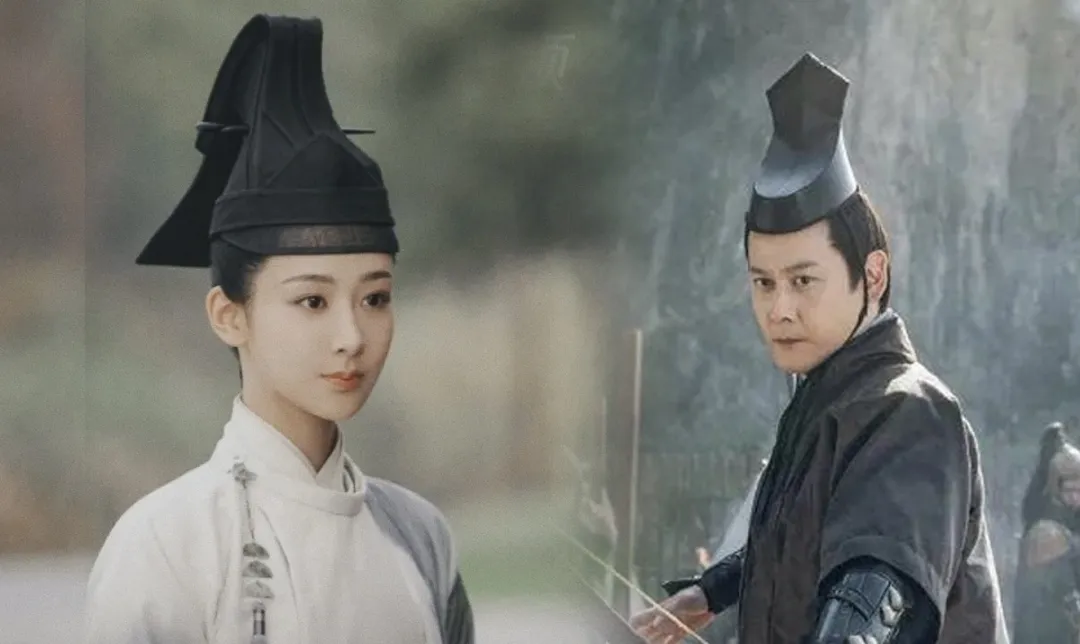Yang Zi's upcoming drama, originally titled The Golden Hairpin, has once again found itself at the center of controversy. Following the earlier uproar over digital face replacements, viewers are now questioning the authenticity of the costumes, particularly the hats, which many argue bear a striking resemblance to traditional Japanese designs.
While it's true that Japanese culture borrowed heavily from the Tang Dynasty, the current designs appear to be simplified versions of later Japanese styles rather than faithful recreations of Tang-era attire. The drama is based on a novel set during the reign of Emperor Yizong of Tang, yet the costumes seem to deviate significantly from historical accuracy.
Historical Context of the Hats
The Ying Guan (缨冠), a type of hat featured in the drama, is a blend of Han Dynasty's Tongtian Guan (通天冠) and Tang Dynasty's Futou (幞头). The most distinctive feature of the Ying Guan is its flat front and a hanging tassel at the back, which could be either curled (for military officials) or straight (for civil officials).
Another hat, the Wu Maozi (乌帽子), is said to have originated during Japan's Heian period. The height of the Wu Maozi indicated the wearer's social status, with taller versions reserved for higher-ranking individuals. However, the design in the drama appears to mix elements of Futou and the headgear from the Wei and Jin Dynasties, resulting in a look that is far removed from its Tang Dynasty origins.
Public Reaction and Broader Implications
Many viewers have expressed frustration over the lack of attention to historical detail, especially given the importance of headgear in traditional Chinese attire. Some have pointed out that this is not an isolated incident; the drama I Am Liu Jin Feng was previously criticized for its use of Japanese-inspired costumes and elements.
There's a growing sentiment that borrowing from Japanese designs and passing them off as authentic Chinese attire is not only inaccurate but also disrespectful to the rich history of Chinese costume culture. While some argue that certain elements may have been inspired by earlier Chinese styles, the overall effect often feels more Japanese than Chinese.
Rather than resorting to digital alterations or borrowing from other cultures, many fans hope that future productions will invest more effort in researching and recreating authentic Chinese designs. After all, the devil is in the details, and it's these details that can make or break a period drama's credibility.


